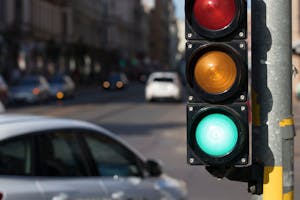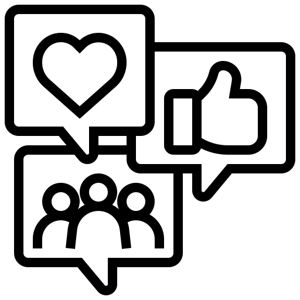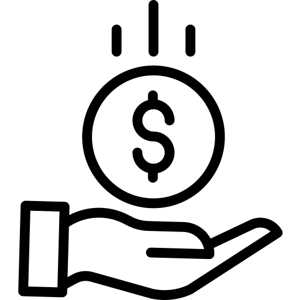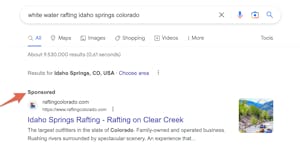- 58 minutes
- Email Marketing
Intermediate
Join hundreds of other operators and REGISTER NOW for Spark 2024 New Orleans October 13-15th!

Putting together a beautiful website is no simple task. However, getting the right visitors to come to your site (and book) is a whole other undertaking.
You already know how important it is to have website traffic that converts into a reservation. But, you may not be familiar with the pros and cons of the different website traffic sources out there.
This guide will cover what website traffic is as well as the top traffic sources you should know about.
Website traffic is essentially the number of people who visit your website. It is an important piece of data that you can use to better understand your customers’ behavior and plan a better performing marketing campaign.
For example, if you run a hiking tour in upstate New York, imagine you get an influx of visitors to your website after posting a photo on social media of the breathtaking fall foliage. You then know you should post more similar photos to increase your sales.

Organic traffic refers to the visitors that land on your site from unpaid search results. Search engine optimization (SEO) often focuses on improving your site to capture more organic traffic.
Google and other search engines have a specific algorithm they use to find relevant pages when someone inputs a search query. That is why you should always prioritize having meaningful, niche-related keywords and content on your website.
For instance, let’s say you own a bicycle rental company in Amsterdam, NL. When someone searches on Google looking for “day bike rentals in Amsterdam,” you want to ensure your activity page is optimized so your website will pop up—and rank high on the list.
While you have to compete with billions of other sites with organic traffic, it is still one you should prioritize. When you put time and effort into your SEO strategy, you will see long-lasting, positive results.


Email traffic comes from those who get to your website from your email campaigns. This is a great source as it comes from people who have previously engaged with your business and gave you their email address.
The trick to optimizing this source is by sending captivating emails at the right time and the right frequency. Users can get hundreds of emails a day from various companies, so it is important to write a subject line that catches their attention and content that makes them want to go to your website.
Emails are a great way to capture repeat customers and keep your business top of mind.
 Direct Traffic
Direct TrafficDirect traffic refers to the traffic from users that type your URL right into the address bar or click on a previously saved bookmark. Some of this traffic cannot be tracked on Google Analytics; for instance, if someone is searching in incognito mode or clicked on a link from a text message or messenger app, among others.
Since this type of traffic can be hard to track and some visits may be misidentified, it can be hard to determine its effectiveness. Yet, those who get to your website through direct traffic are already familiar to your business and it can show your users’ demand.

Social media is a free way to drive traffic to your website (unless you are running paid ads, of course). There are billions of users across the world and having an active presence will help to promote your business to a big audience.
Getting your followers to click to your website can be difficult. But, as an operator, you have the unique opportunity to consistently share great photos and videos of customers experiencing your tours and activities which can entice more people to book.
Although social media can be a great source of website traffic, trends and algorithms can change quickly. You must stay on top of them and utilize them to maximize your success.

Referral traffic is another free source of website traffic and represents when someone gets to your site from a third party. This can be from a review website like Tripadvisor, a published news article, a travel influencer blog or social account, local DMOs (Destination Marketing Organizations), or anywhere else your site may be linked.
Say for example, you decide to work with a food and travel blogger to promote your new Sydney food truck tour. Once they publish their content about your business, every link that directs to their site will be considered referral traffic (or a backlink).
If you do not go the influencer route, you want to create unique content that others will want to share. Or, as always, give your guests a 5-star experience so they feel inclined to post and link to your business.


Last but certainly not least is paid advertising. Although this type of traffic will cost money, when your advertising is optimized, it can bring in a great number of visitors.
This can include traffic from your Google ads, social media ads, YouTube ads and more.
When you boost a post on Instagram for even just $10 (and have properly set goal and audience information), you can increase the quality traffic that gets to your website almost immediately. Of course, note that different types of ads can get expensive very quickly.
This is a form of traffic that will require testing and monitoring to ensure you are getting the best results and spending your money how you should be.
Understanding where your website traffic comes from is another tool in your belt that helps to create a well rounded, intuitive marketing and SEO strategy.